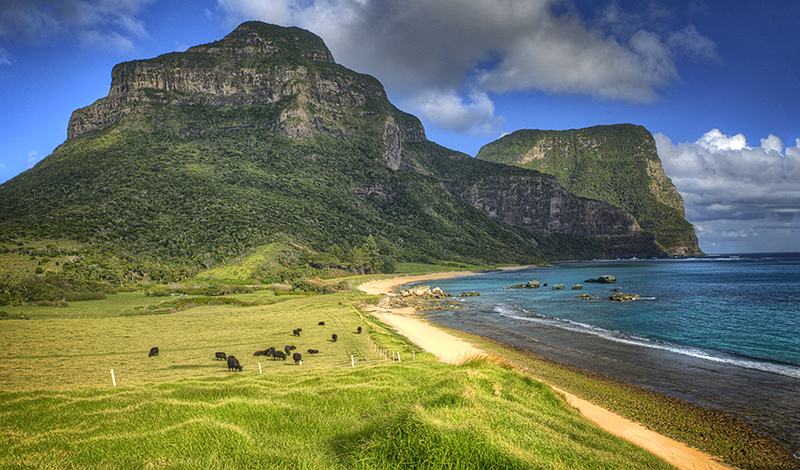Lord Howe Island was uninhabited until the late 1700s when the British navy claimed it and other nearby islands. The remote island’s thriving ecosystem includes rare endemic species such as the Lord Howe Woodhen, a flightless bird, and the Lord Howe Island Phasmid, the world’s largest stick insect. Soaring mountain peaks formed by an underwater volcano seven million years ago and the world’s southernmost coral reef make up the stunning landscape of this island chain. Today, conservation efforts restrict tourism to 400 people on Lord Howe Island per night to limit potential destruction caused by human visitors. —Prepared by the World Tribune staff
You are reading {{ meterCount }} of {{ meterMax }} free premium articles

